
NGC 4309 is a lenticular galaxy located about 55 million light-years away in the constellation Virgo. The galaxy was discovered by astronomer Christian Peters in 1881 and is a member of the Virgo Cluster.
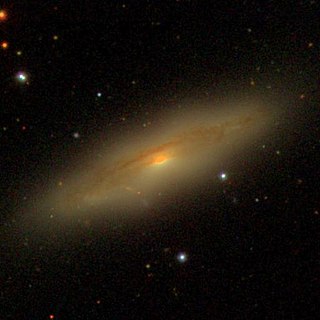
NGC 4586 is a spiral galaxy located about 50 million light-years away in the constellation Virgo. The galaxy was discovered by astronomer William Herschel on February 2, 1786. Although listed in the Virgo Cluster Catalog, NGC 4586 is considered to be a member of the Virgo II Groups which form a southern extension of the Virgo cluster. NGC 4586 is currently in the process of infalling into the Virgo Cluster and is predicted to enter the cluster in about 500 million years.

NGC 3860 is a spiral galaxy located about 340 million light-years away in the constellation Leo. NGC 3860 was discovered by astronomer William Herschel on April 27, 1785. The galaxy is a member of the Leo Cluster and is a low-luminosity AGN (LLAGN). Gavazzi et al. however classified NGC 3860 as a strong AGN which may have been triggered by a supermassive black hole in the center of the galaxy.

NGC 3861 is a large barred spiral galaxy with a ring-like structure located about 310 million light-years away in the constellation Leo. It was discovered by astronomer John Herschel on March 23, 1827. NGC 3861 is a member of the Leo Cluster and has a normal amount of neutral hydrogen and ionised hydrogen.
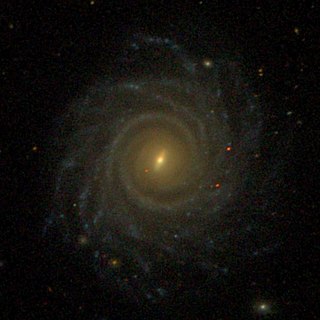
NGC 3883 is a large low surface brightness spiral galaxy located about 330 million light-years away in the constellation Leo. NGC 3883 has a prominent bulge but does not host an AGN. The galaxy also has flocculent spiral arms in its disk. It was discovered by astronomer William Herschel on April 13, 1785 and is a member of the Leo Cluster.

NGC 4892 is a spiral or lenticular galaxy with LINER activity located 275 million light-years away in the constellation Coma Berenices. It was discovered by the astronomer William Herschel on April 11, 1785, and is a member of the Coma Cluster.
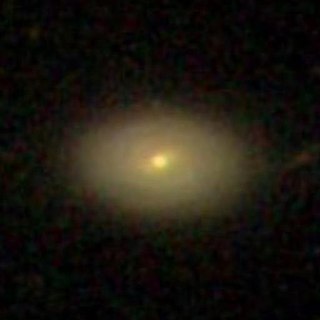
NGC 4060 is a lenticular galaxy located 320 million light-years away in the constellation Coma Berenices. It was discovered by astronomer Albert Marth on March 18, 1865 and is a member of the NGC 4065 Group which is part of the Coma Supercluster.

NGC 4076 is a spiral galaxy located 290 million light-years away in the constellation Coma Berenices. The galaxy was discovered by astronomer William Herschel on April 27, 1785 and is a member of the NGC 4065 Group.
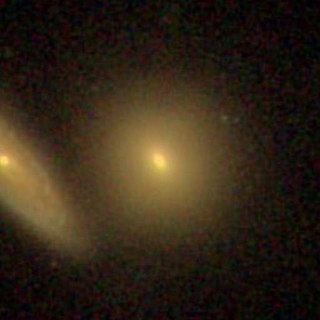
NGC 4089 is an elliptical galaxy located 340 million light-years away in the constellation Coma Berenices. NGC 4089 was discovered by astronomer Heinrich d'Arrest on May 4, 1864 and is a member of the NGC 4065 Group.

NGC 4090 is a spiral galaxy located 340 million light-years away in the constellation Coma Berenices. The galaxy was discovered by astronomer Heinrich d'Arrest on May 2, 1864 and is a member of the NGC 4065 Group.

NGC 4091 is a spiral galaxy located 360 million light-years away in the constellation Coma Berenices. The galaxy was discovered by astronomer Heinrich d'Arrest on May 2, 1864. NGC 4091 is a member of the NGC 4065 Group and is a LINER galaxy.

NGC 4092 is a spiral galaxy located 310 million light-years away in the constellation Coma Berenices. It was discovered by astronomer Heinrich d'Arrest on May 2, 1864. NGC 4092 is a member of the NGC 4065 Group and hosts an AGN.

NGC 4093 is an elliptical galaxy located 340 million light-years away in the constellation Coma Berenices. The galaxy was discovered by astronomer Heinrich d'Arrest on May 4, 1864. NGC 4093 is a member of the NGC 4065 Group and is a radio galaxy with a two sided jet.
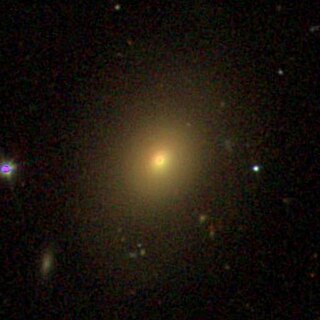
NGC 4095 is an elliptical galaxy located 330 million light-years away in the constellation Coma Berenices. The galaxy was discovered by astronomer William Herschel on April 26, 1785. NGC 4095 is a member of the NGC 4065 Group and is a LINER.

The NGC 4065 Group is a group of galaxies located about 330 Mly (100 Mpc) in the constellation Coma Berenices. The group's brightest member is NGC 4065 and located in the Coma Supercluster.

NGC 4084 is an elliptical galaxy located 315 million light-years away in the constellation Coma Berenices. NGC 4084 was discovered by astronomer Heinrich d'Arrest on April 26, 1865. NGC 4084 is an isolated member of the Coma Supercluster and is classified as a LINER galaxy.

NGC 7836 is an irregular or spiral galaxy located about 260 million light-years away in the constellation of Andromeda. It was discovered by astronomer Lewis Swift on September 20, 1885.

NGC 912 is a compact lenticular galaxy located in the constellation Andromeda about 197 million light years from the Milky Way. It was discovered by French astronomer Édouard Stephan in 1878.

NGC 3937 is an elliptical or a lenticular galaxy located about 310 million light-years away in the constellation Leo. It was discovered by astronomer William Herschel on April 27, 1785 and is classified as a radio galaxy.

NGC 4848 is a barred spiral galaxy in the constellation Coma Berenices. It is circa 340 million light-years from Earth, which, given its apparent dimensions, means that NGC 4848 is about 170,000 light years across. It was discovered by Heinrich d'Arrest on April 21, 1865. It is considered part of the Coma Cluster, which is in its northwest part. The galaxy has been stripped of its gas as it passed through the cluster.




















